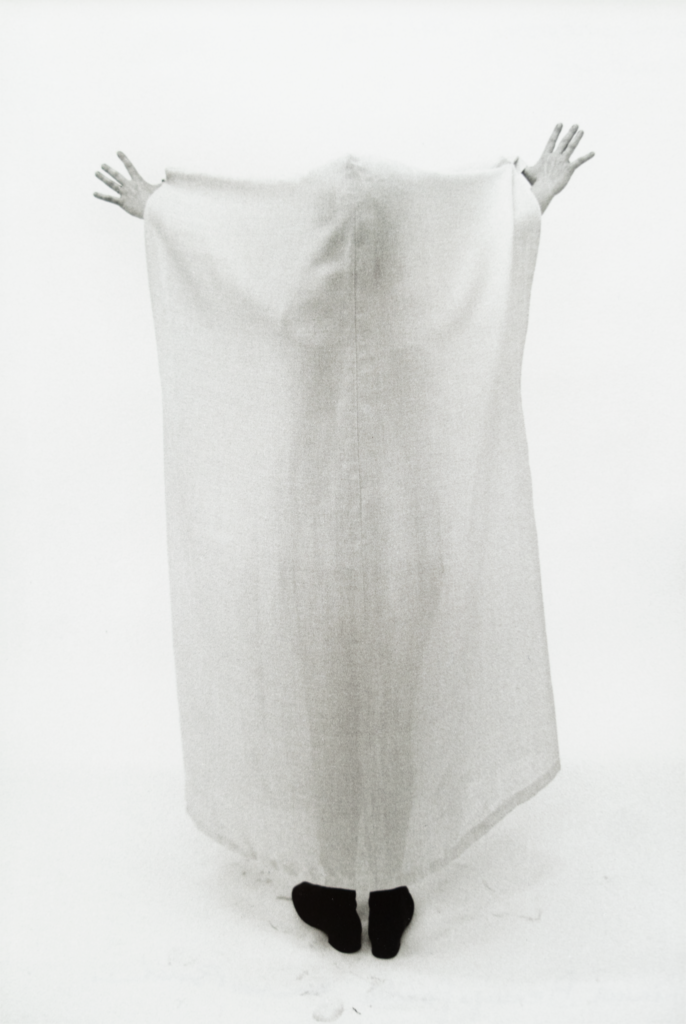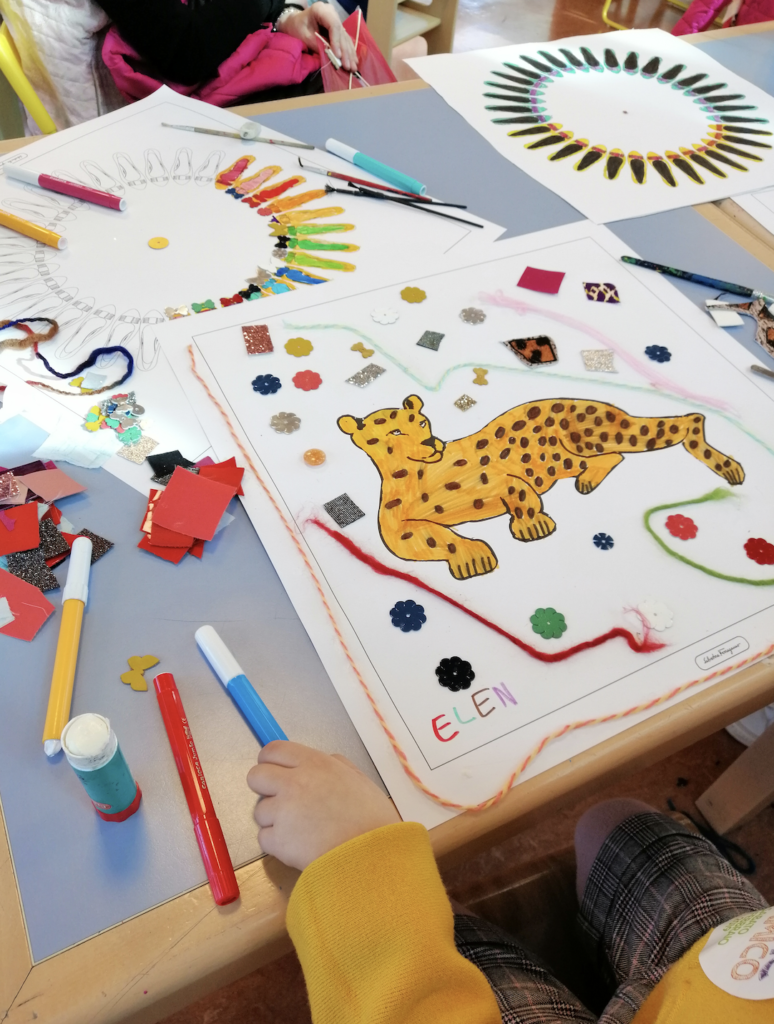Tomaso Montanari
presents
"Perdersi in Toscana"
Wednesday 8 July, 18:00
Free entry
Seats in the stage area are SOLD OUT, however the book presentation will be broadcasted throughout the Giardino della Ciminiera at Manifattura, and live streamed on the Manifattura Tabacchi Facebook page, and on the Radio Papesse website.
Tomaso Montanari presents his new book “Perdersi in Toscana“, published by Maschietto Editore Firenze. It is a journey through the places, artworks and people that are far away from the Tuscany of mass tourism, bringing it back to a more human level.
“We need a Renaissance that is built on love for the planet, sustainability, research, job stability, care for the elderly and vulnerable in our society. If, as I believe, we need to bring things back to a more human level, losing yourself in Tuscany is a good place to start.”
In accordance with safety measures taken by the Italian Government to contain the Covid-19 emergency, access will be limited to a fixed number of people.
“Here is a land where it seems like even those things that have built up over this long period of civilisation are blessed with simplicity and harmony, forming panoramic views, without the ruggedness of rocks or cliffs, which somehow never repeat from hill to hill”. Losing yourself in Tuscany means finding yourself, finding that measure of dignity reflected in the words of Piero Calamandrei in 1941 in his inventory of a country house when he wrote these inspired words: “our sorrow, our love, the past and the future, our hope, our freedom: Tuscany, our sweet homeland”.
In this book I wanted to bring together all the various pieces of writing I’ve done over recent years in various newspapers that had been dedicated, without me really realising, to my city, my region. Those writings, I mean, that are not tied to the battles that must be fought to ensure that the city and the region are not completely subjected to the wills of the markets, and so do not lose these human connotations which carry us down their streets.
These texts were not conceived of in any sort of systemic way, they are the result of chance encounters, the rhythms of occasions, the intertwining of thoughts and ideas. And through re-reading them and revising them, seeing them mapped out across Tuscany and Florence, it became clear that it was an itinerary that could be read and used. Obviously, it’s not an itinerary like those that have come before, which sooner or later will be destroyed once more by mass tourism: here you find places, artworks, and people who certainly don’t appear on the postcards of a commercial Tuscany.
They are images that set off an elementary and instinctive love of life. I have always thought that paradise on earth would be similar to Tuscany. But I’m not talking about a paradise you escape to, more a day-to-day paradise, of which you are aware, albeit through the mists of the daily trudge. If, as I believe, we need to bring things back to a more human level, then losing yourself in Tuscany is a good place to start.
tomaso montanari

I was born in 1971 in Florence, where I still live. I study baroque art and the history of our cultural heritage.
I was educated at the Normale di Pisa, I taught for a long time at the Federico II in Napoli, and currently I’m a professor of History of Modern Art at the Università per Stranieri in Siena.
I am convinced that art historians serve to bring works of art into the intellectual and emotional life of those who deal with other things.
I think that a love for the history of art shouldn’t be a private thing (or worse, an evasion, a way of not thinking), but public and political. In fact, Article 9 of the Constitution irreversibly changed the role of the Italian historical and artistic heritage, making it a visible sign of the sovereignty of its citizens, of national unity, and of constitutional equality, because all of us (rich or poor, man or woman, Catholic or Muslim, educated or uncultured) have equal ownership of it.
But all of this is quite difficult to understand, because today the history of art is not a critical understanding, it is an industry of ‘cultural’ entertainment (and therefore a factor of alienation, intellectual regression, and a programmatic dulling of the critical senses). Used by political and religious power, trivialized by the media, and exploited by the universities, art history is now a luxurious escort of cultural life.
And this is why today it is not enough to research and teach, and it’s why I have written A cosa serve Michelangelo? (Einaudi 2011), La madre dei Caravaggio è sempre incinta (Skira 2012), Le pietre e il popolo (minimum fax 2013), Istruzioni per l’uso del futuro. Il patrimonio culturale e la democrazia che verrà (minimum fax 2014), Privati del patrimonio (Einaudi 2015), and Contro le mostre with Vincenzo Trione (Einaudi 2017).
Amongst my recent books are La libertà di Bernini (Einaudi 2016) and Costituzione italiana. Articolo 9 (Carocci 2018).
I have written and presented two TV series on Bernini and Caravaggio for Rai 5, and the ‘Favole Forme Figure’ series for Loft, the TV channel of Fatto Quotidiano.
I write for Fatto Quotidiano, I have a column that comes out every Monday called Le pietre e il popolo (The stone and the people). I also have a column in Venerdì from La Repubblica called Ora d’arte (Art Hour).
I have tried (some would say without success) to get the left back on its feet in Italy, and I am president of the cultural and political association Libertà e Giustizia (Liberty and Justice). I have dedicated a little book to the civil commitment of intellectuals: Cassandra muta (Gruppo Abele 2017).
tomaso montanari on twitter

